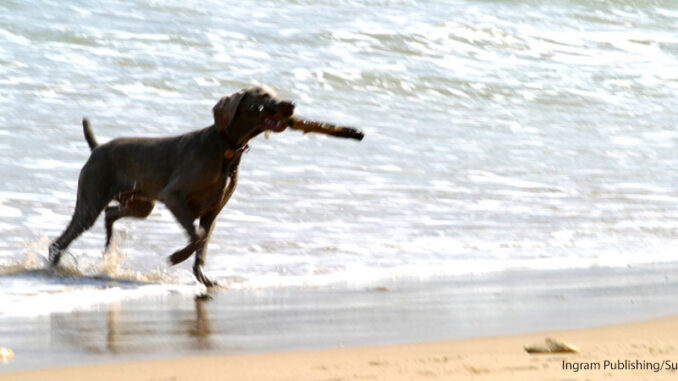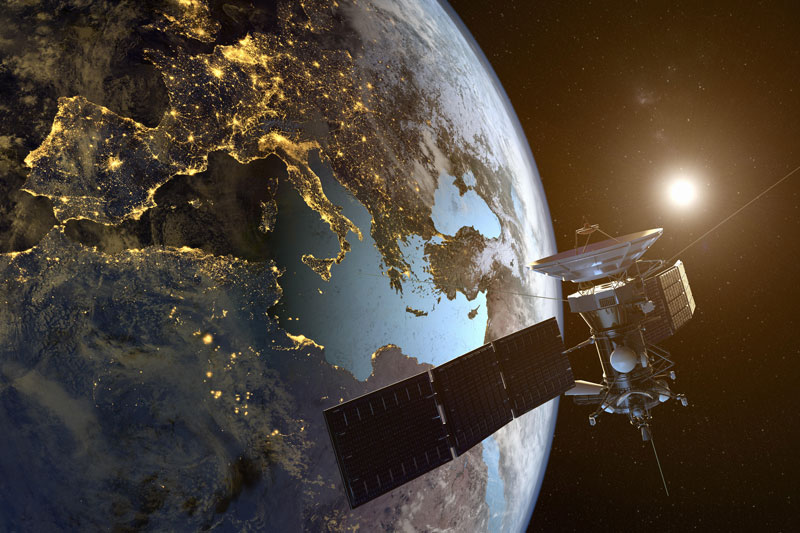
Australia Rocked by Mass Shooting
It’s all too common here in the United States: a mass shooting that claims the lives of many innocent people in a short period of time. In fact, in the U.S., an average of one hundred people per day die as a result of gun violence. But in other countries, this isn’t the case, and in these places mass shootings are much more rare. Last week, in northern Australia, four people died after a lone gunman opened fire at several different locations in an urban business district–one of the worst attacks the country has seen in decades.
Australia is known for its tough gun control laws. After a gunman killed 35 people in Tasmania in 1996, the country cracked down hard on guns. The government banned automatic and semi-automatic weapons, bought back hundreds of thousands of guns from the public, and added long mandatory waiting periods for anyone wishing to purchase a firearm. Since then, there have also been regular periods of amnesty during which people can turn in their illegal weapons penalty-free. In last week’s case, the weapon used by the gunman–a 12-gauge pump action shotgun–is banned in the country. Police theorize that he likely purchased the weapon decades ago, before it became illegal. At the time of the killings, the suspect was on parole.
So far this year, the United States has experienced eleven mass shootings that were at least as deadly as the one in Australia.
What Do You Think? Use Internet resources to determine the average number of gun deaths in Australia per year (remember, the United States sees about 100 gun-related deaths annually). Based on this information, would you say that gun safety legislation in Australia has been effective? Why or why not?
Fetching for Survival
You may think that dogs and turtles wouldn’t naturally get along. But as it turns out, dogs may be integral to the survival of some turtle species. Why?
Human population growth threatens many animal species due to habitat loss and climate change. Unfortunately, turtles are one of these threatened species. But conservationists are taking a unique approach to save the animals: training hunting dogs to find and retrieve them. Dogs are trained to follow the scent of turtles and to search for them in woods, thickets, and underbrush. When they find one, they bring it back in their mouths (gently!) and deliver it to scientists, who then track and monitor the turtles. They will later use this information for turtle population counts and to better manage the land. Knowing where different types of turtles are, and how many there are of each kind, helps conservationists to do a more efficient job protecting their habitats.
It turns out that dogs are uniquely suited for this kind of work, because they can detect extremely subtle scents and track them for miles. In fact, for this very reason, they are used in other wildlife conservation efforts as well, such as helping to gather data on the movements of bears, wolves, and cougars in North America, or to identify the smell of gunpowder to help stop poachers in Africa.
Dig Deeper Visit the Working Dogs for Conservation Web site to learn more about other ways that dogs can assist with conservation efforts. Then write a short paragraph describing what you learn.
Outer Space Overcrowded?
Have you ever tried to look at the stars at night, but found that streetlights or other forms of light pollution have messed up your view? That’s a problem astronomers are currently facing on a much larger scale. As companies such as Amazon and SpaceX (run by billionaire Elon Musk) compete to provide us with worldwide internet access, they are crowding the planet’s orbit with satellites. In fact, at the end of last month, SpaceX launched a rocket containing sixty 500-pound satellites. The growing number of these items are disrupted the views of astronomers worldwide.

Musk has said that his plan is to create a constellation of satellites called Starlink, which would eventually contain up to 12,000 satellites! That’s about as many stars as are visible in the night sky. And that means astronomers would have to be looking at one moving satellite for every stationary star they see. That has an obvious negative impact on their research.
At the moment, no rules or laws exist to restrict this kind of space traffic. (The United Nations has a treaty in effect about the peaceful use of outer space, but it doesn’t yet regulate who can send out what satellites, or how many of them.) A team of scientists has been working with SpaceX to try to make the company aware of the scientific impact of so much space traffic. But astronomers also agree that the time has come to begin discussions about how to regulate space on a global level.
What Do You Think? In your opinion, whose job is it to decide what gets sent into outer space? The United Nations? Individual governments? Companies? Explain.
A Jump Ahead for Urban Transportation
Just when people are starting to get comfortable with the idea of electronic scooters, a new mode of urban transportation may be taking their place: electronic pogo sticks. (No, this is not a joke.) A Swedish startup company called Cangaroo is producing app-enabled pogo sticks which will be available to rent for thirty cents per minute in five cities around the world. Why this new trend in “micromobility”? Not only are pogo sticks fun, but they are also more environmentally friendly than e-scooters. The company’s founders also believe that, while all bicycle and e-scooter companies are essentially the same, Cangaroo will be able to stand out from the crowd and draw attention with such a unique product.
Cangaroo plans to launch first in Europe this summer, then expand overseas. Here in the United States, expect to see rental pogo sticks in San Francisco first. The company eventually plans to expand to other methods of micro-mobility, though they’re not yet saying just what that will be.
Rentable bikes, pogo sticks, and e-scooters are all part of the “first mile last mile” component of public transportation, which means finding ways for people who don’t live within walking distance of mass transit (buses, subways, trains, etc.) to be able to access it. But these initiatives–while environmentally friendly and good for our health–are often met with criticism from those who don’t think it’s safe for users of these products to share sidewalk space with pedestrians. And because pogo sticks aren’t much faster than walking, cyclists and e-scooter users are also worried about sharing bike lane space with them. It remains to be seen whether or not this innovative idea will ever find its way into mainstream micromobility culture.
